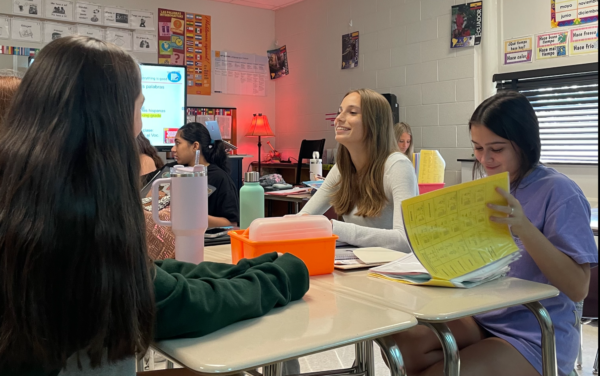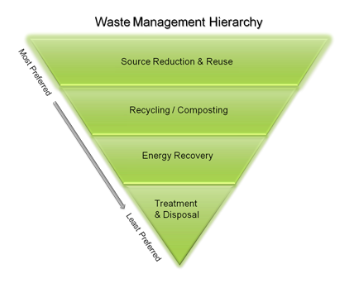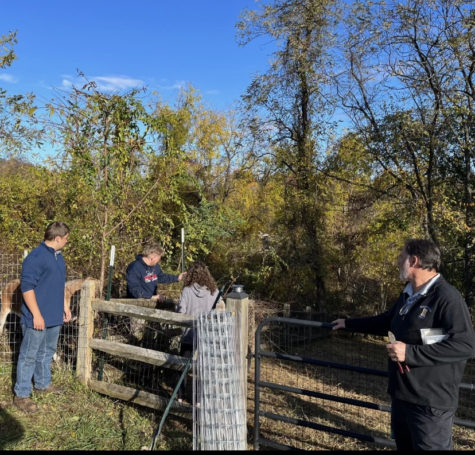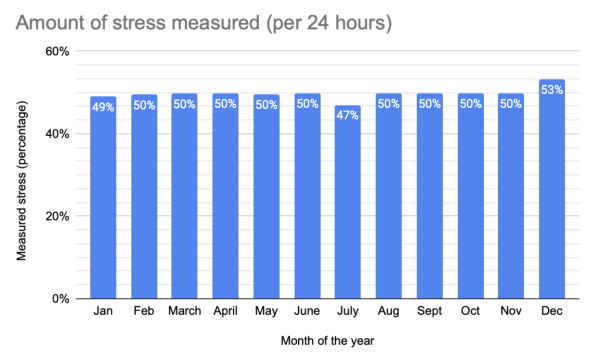A classic way of traveling the country
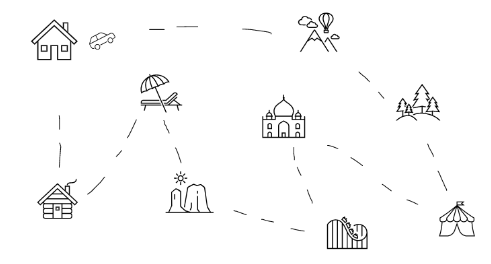
Road trips do not have to stop at one destination; some travelers take longer trips that include multiple stops.
June 5, 2023
With summer unofficially beginning Memorial Day, AAA predicted that 39.2 million people traveled by car this holiday weekend. With summer about to start and Hereford students planning their vacations, families are ready to hit the road.
Taking road trips to reach destinations has been a staple in American culture for decades. This classic way of traveling is used across the country and has climbed in popularity over the years.
Beginning in the 1880’s, men and women headed west to try and find a new life. People from all around the world took off in wagons and went with their belongings to a new place. At the time there were no rest stops, so people brought pounds of food to last the entire journey and did not return to their starting destination.
In the 1900’s, roads were not commonly traveled on, but more people had access to cars; however, not many people traveled far. Those who were able to travel were very wealthy with durable vehicles. Road tripping did not become a common transportation method until 1926 when the route from Chicago to California was officially named Route 66. To this day, Route 66 is one of the most popular highways and connects the Midwest to the West Coast. Route 66 became popularized by television, books, and songs. One example is the mentioning of Route 66 in John Steinbeck’s novel The Grapes of Wrath, and the song “Route 66” by Chuck Berry.
After World War ll, road trips for vacationing became immensely popular. Hotels, restaurants, and rest stops were added next to highways due to people having more money and traveling more often. The first rest stop was created by highway engineer Herbert F. Larson, because the local lake resort he worked next to would not allow him to have a picnic lunch.
Early road trips had the same structure as those today, setting out on a destination and returning home afterward.
Today road trips are a practical way of travel without having to spend money to fly to a destination. Following the pandemic airfare costs have skyrocketed increasing 30% from 2019. To compensate for the price increase, more people have started using road trips as a form of travel.
People with large families may choose road tripping over flying for price reasons but also practicality.
“It’s cheaper than flying with a large family, you have a car when you’re on your trip, so you do not have to Uber, and it is more comfortable to sleep in the car,” Ryleigh Cabral (‘25) said.
Sometimes taking a road trip is not even about saving money, the drive can be just as fun as the destination. Spending quality time with your family with the building excitement of the trip ahead is a good bonding experience and creates memories.
“My favorite part of road trips is the nature that we get to see,” Zach Reeves (‘25) said. “I love hiking, going to more unique and less populated places and mainly being able to just spend time with my family for the limited years I have the ability to.”
Road tripping provides opportunities for travel across the country and is still evolving today.






